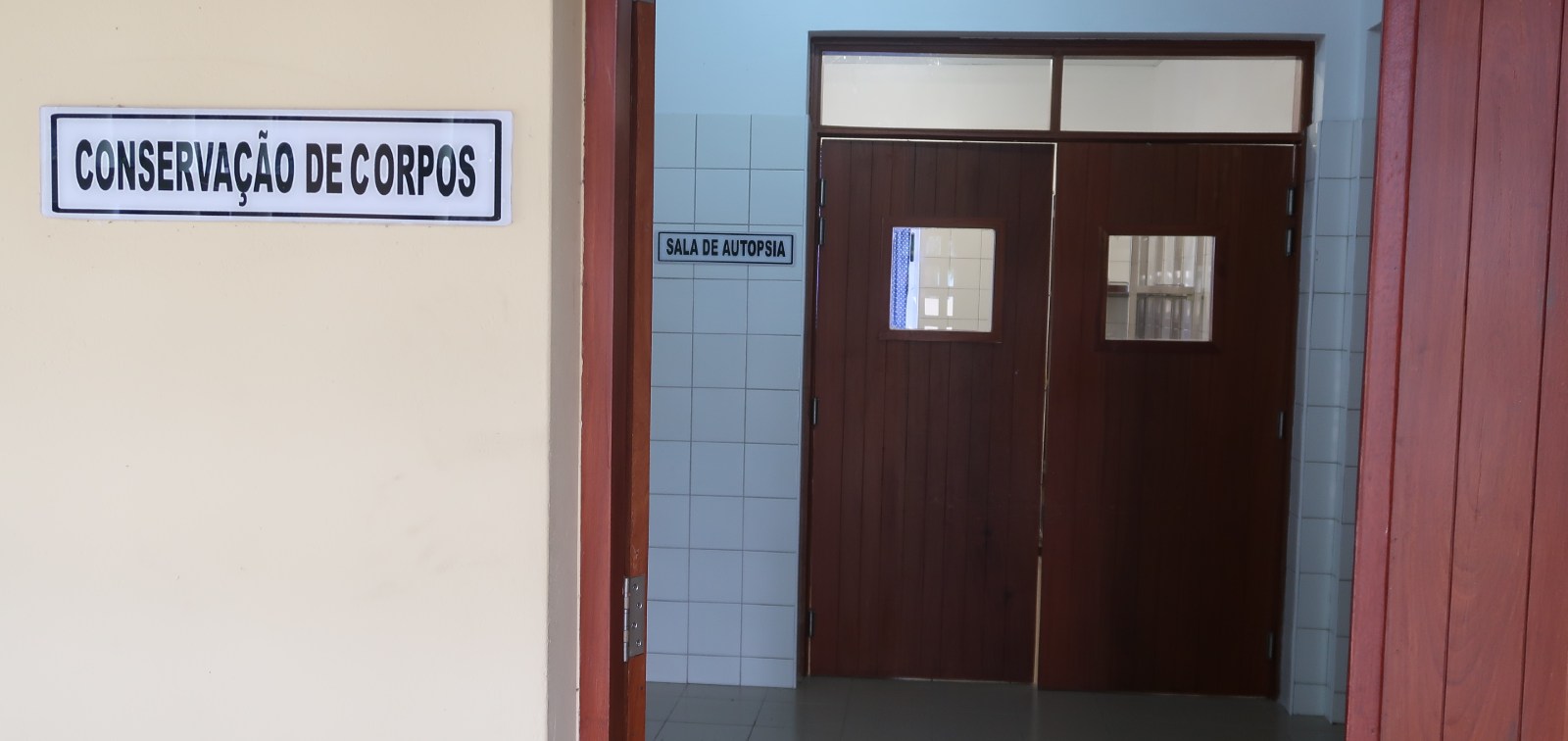A New Collection of Articles Highlights Effective Approaches to Improve Cause of Death Data and Help Prevent Premature Deaths
The MITS Alliance, of which ISGlobal is a member, releases a supplement of articles published in the Journal of Clinical Infectious Diseases
15.12.2021
The Minimally Invasive Tissue Sampling (MITS) Surveillance Alliance has released a supplement of articles published in the Journal of Clinical Infectious Diseases on the minimally invasive autopsy technique, a tool developed by ISGlobal to determine cause of death with the same precision and reliability than the complete autopsy. ISGlobal researchers have acted as editors and overseen this special supplement, which includes contributions of 189 distinct authors from the MITS Surveillance Alliance representing 18 countries.
MITS, also known as minimally invasive autopsy, is a technique that consists in using very fine needles to recover tissue samples from different organs, and analysing them to obtain an accurate establishment of the cause of death. In contrast to the complete autopsy, MITS can be performed by specially trained technicians and with limited infrastructure, which makes it useful in in low- and middle-income countries, particularly where complete diagnostic autopsies are not routinely conducted,are challenging to perform or are not well accepted. The technique was developed through the CaDMIA and CaDMIA-plus projects, and set the basis for CHAMPS, a global child mortality prevention and surveillance network.
This collection of articles describes the roles of MITS in facilitating the expansion of pathology-based mortality surveillance, including advances for improving the methodology, capacity building and lessons learned from small scale implementation projects. The supplement also documents the role of MITS in related areas of research, including COVID-19, and its potential role in the investigation of infectious disease outbreaks.
ISGlobal researchers Natalia Rakislova and Quique Bassat are leading authors of three articles, and participated as coauthors in several others. “This supplement highlights the traction that the post-mortem methods developed initially by ISGlobal are having at a global level, and the increasing utilization of such methods for a more accurate and precise investigation into the causes of preventable deaths," explains Bassat. “Techniques such as the minimally invasive autopsy can be very useful investigating causes of death in the context of epidemic outbreaks, where conventional autopsies could be too risky to perform,” states Rakislova.
Norman Goco, senior public health analyst in RTI International and project director adds that “the COVID-19 pandemic has highlighted again the importance of accurate information on causes of death information in order to develop effective responses that reduce mortality,”
The MITS Surveillance Alliance is a consortium sponsored by the Bill & Melinda Gates Foundation as part of its work to enable better targeted health interventions in low and middle-income countries. RTI International holds the secretariat of the consortium, that includes the Barcelona Institute for Global Health (ISGlobal), the U.S Centers for Disease Control and Prevention (CDC), and the Child Health and Mortality Prevention Surveillance (CHAMPs) program led by Emory University.
Reference
Minimally Invasive Tissue Sampling (MITS): Accurate Cause of Death Attribution and Surveillance in Low-Resource Settings. Clinical Infectious Diseases, Volume 73, Issue Supplement_5, 15 December 2021.



